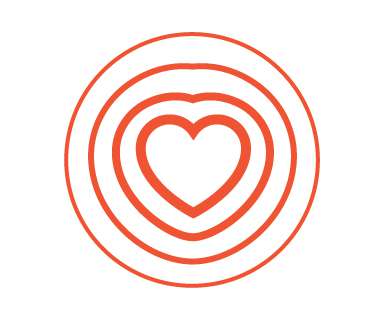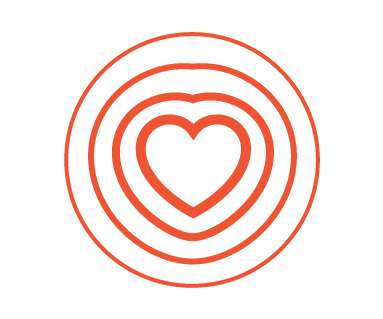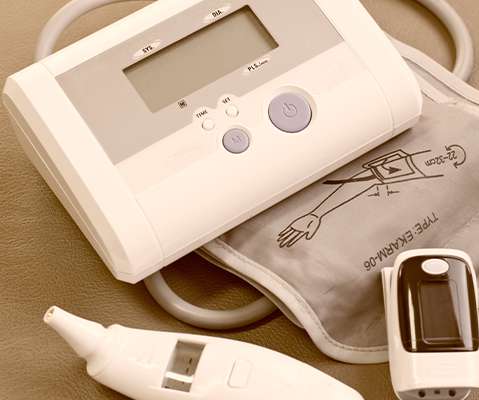Consumers’ Embrace of Digital Health Tech Stalls, and Privacy Concerns Prevail – Accenture’s 2020 Research
Health Populi
MARCH 10, 2020
Six in ten people are open to health and wellness services via virtual channels, over half like the idea of remote monitoring linking with at-home devices, and 1 in 2 people would be open to routine appointments through telehealth. In the case of the Rule, the data will be provided to us via our smartphones.

















Let's personalize your content